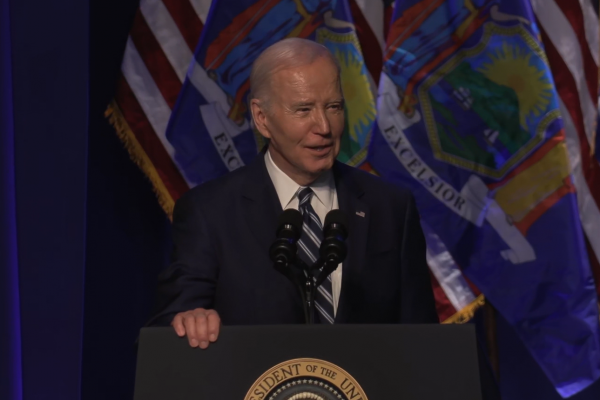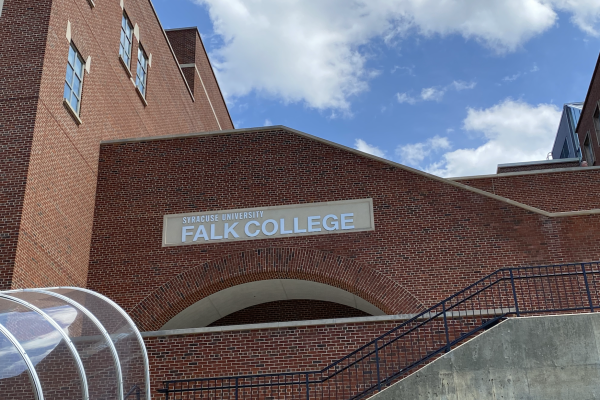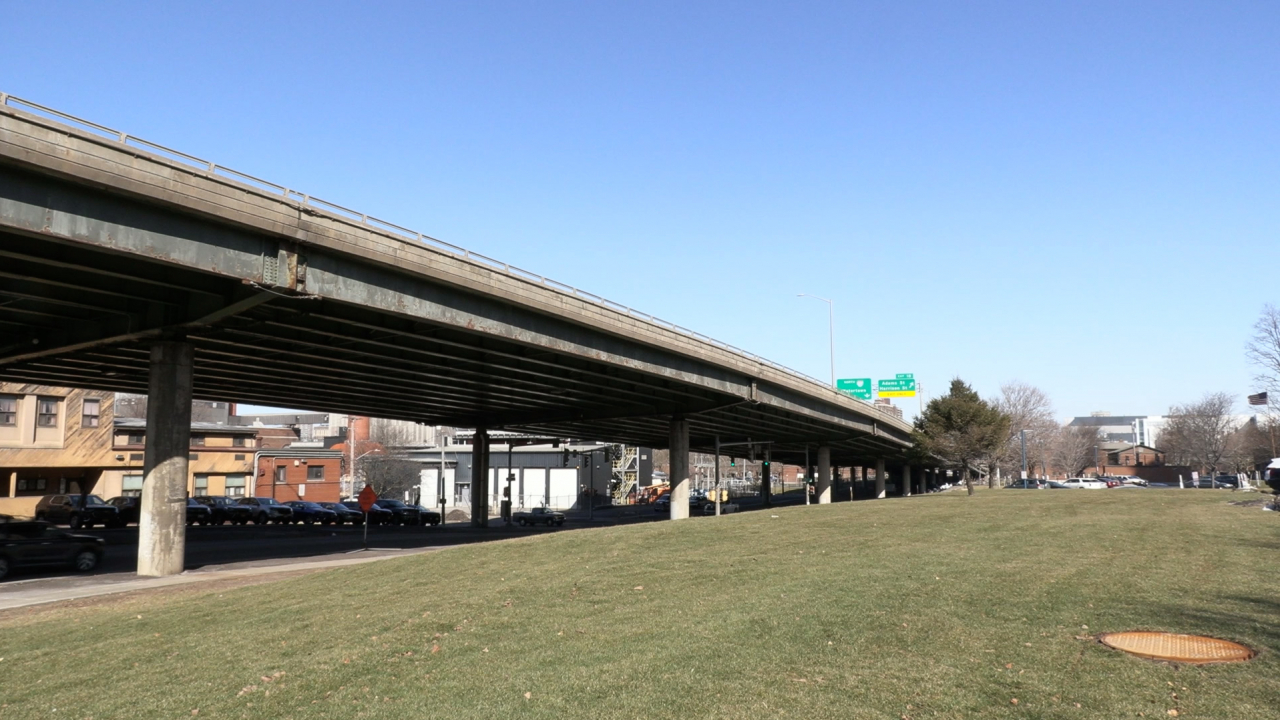
SYRACUSE, N.Y. (NCC News) — The New York State Department of Transportation has released its most recent bridge inspection data, detailing the results of thorough investigation on some of the most important infrastructure across the state.
Most of the bridges in the state are reported to be in “good condition,” but around 10 percent of them are labeled in “poor condition.” This language can be concerning, especially with structures that are responsible for not just cars, but large trucks and cargo vehicles.
The truth is, the system for bridge inspections and quality assurance from the NYSDOT and engineering companies is thorough, with multiple aspects of the bridges inspected and graded according to their current condition.
According to the NYSDOT, there are over 17,450 bridges across the state of New York, from long-spanning structures like the I-81 viaduct to the short overpasses on minor highways you may encounter on your daily commute. About half of the bridges are owned by the state, and the rest are owned by businesses and local municipalities. The owners of the bridges are in charge of maintenance and scheduled construction, especially when a bridge is in need of repair.
Vice President of JMT Engineering Charlie Kincaid said that inspections are very thorough, and every aspect and section of the bridge is meticulously reviewed.
“The primary concern obviously is that the bridge is structurally sound, that’s what we’re looking for,” Kincaid said. “We rate all different elements, there’s probably, around fifty elements, that we look at and rate.”
In a routine inspection, JMT assesses the quality of the girders, supports, joints and every other individual part of the bridge, looking for flaws and potential areas of concern. Each element is rated on a scale of one to five, where one is the best, four is the worst, and five is unknown. These ratings are given to the owner of the bridge, who schedules maintenance if necessary.
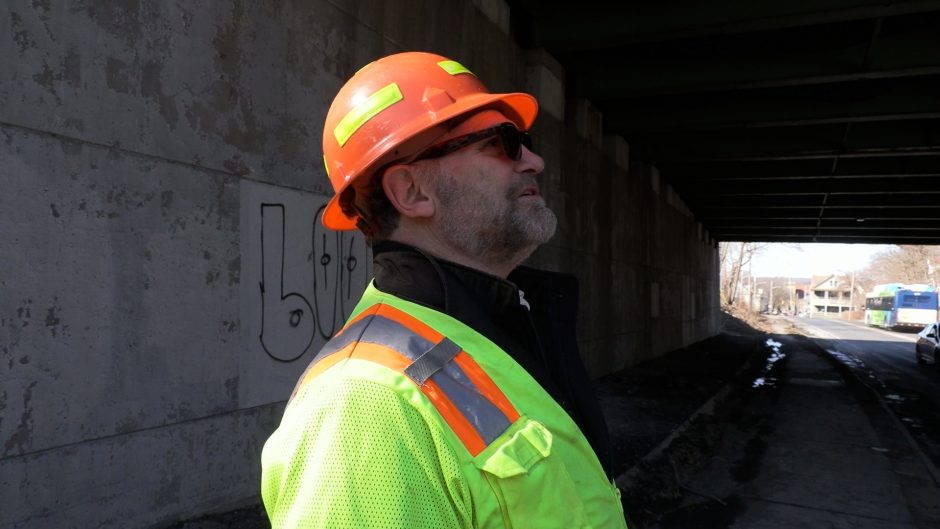
If a bridge has an outstanding problem that needs to be addressed, companies will give it a yellow or red flag, depending on the severity. When a red flag is issued along with a prompt interim action – an urgent notification for maintenance or repair – the owner has 24 hours to take action on the problem.
“Those are the immediate concerns, there’s not a lot of them; maybe about ten percent of the bridges have a flag of some sort,” Kincaid explained. “Some of them go on and on, but we monitor some situations to make sure they’re not a concern. I know inspectors who have closed bridges on the spot, saying nobody goes across until we get this problem solved.”
These in-depth inspections have not always been in place. The numbered scale and regular schedule only came about after a major tragedy: the collapse of the Schoharie Creek Bridge.
On April 5, 1987, the Schoharie Creek Bridge near Amsterdam, NY, collapsed after a record rainfall. The primary cause of the collapse was due to bridge scour, a condition where fast-moving water washes out the sediment underneath the supports, causing them to fail and the bridge to fall. The collapse resulted in the deaths of 10 people, all of whom drove off the bridge and into the creek.
Bill Storm and his wife, of Liverpool, drove across the bridge just hours before the collapse.
“We were still driving along, and when we got to Massachusetts, we heard about a bridge collapsing,” Storm said. “And we couldn’t believe it, it was the bridge we had just gone over. We felt lucky, at the same time horrified for the people that… if they had only left early.”
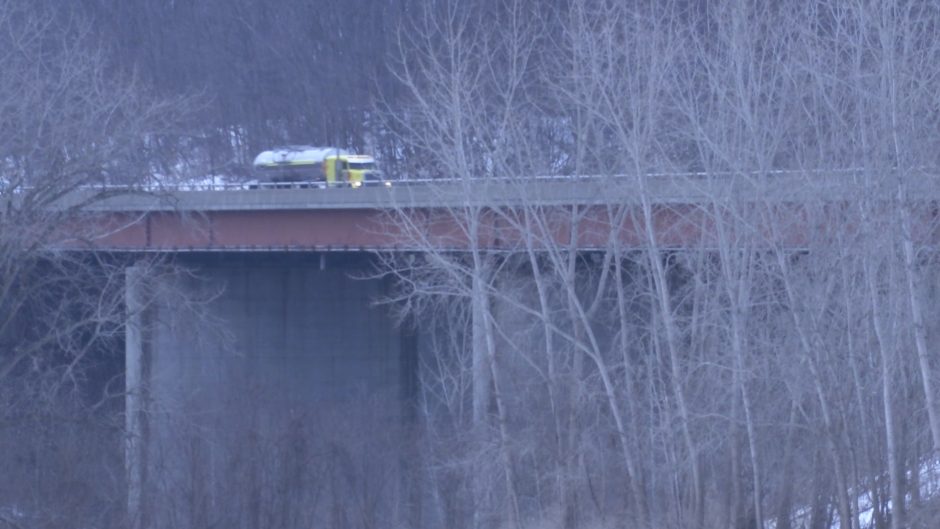
In 1988, the bridge was restored, and that bridge still stands today. Though there have not been any problems since the tragedy, Storm says it is still a reminder of the events and the lives that were lost.
“Going across that bridge now is not the same as it was before,” Storm said. “I mean, every time we go by, it’s hard not to think, wow.”
In the same year, the NYSDOT established a new system of inspections, where bridges are inspected every two years. When a bridge or any of its individual parts are in “poor condition,” it is closed down and scheduled for repair. Kincaid commented that the systems before the collapse were infrequent and not nearly as detailed as they are now.
“We didn’t have a bridge inspection program before the 1970’s, they just built a bridge and they expected it to be good,” Kincaid said.
He said now the system is efficient and reliable, and he is glad to be in the field that ensures the safety of travelers across the state.
“We help prepare and ensure that the infrastructure is safe for the traveling public, and I think that is something to take pride in,” Kincaid said.
Next time you go over a bridge on the thruway or I-81, you can be confident that it is in working order and you are safe to drive across, because NCC knows, and you know too.
A month ago, the NYSDOT released the data on bridge inspections across New York State. Some of these were labeled "in poor condition," which can seem worrying. For an explanation on how bridges are inspected, here's more information: 🧵(1/8) pic.twitter.com/s5VKSrJ91Y
— Andrew MacBeath (@Amacbeath99) March 31, 2023

